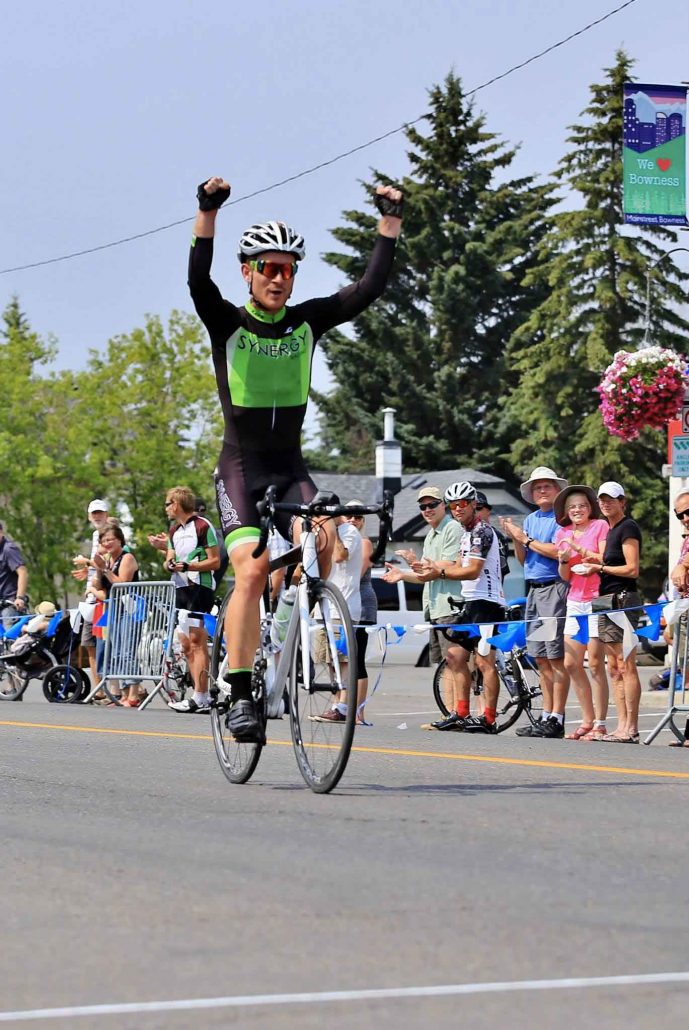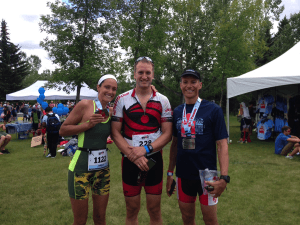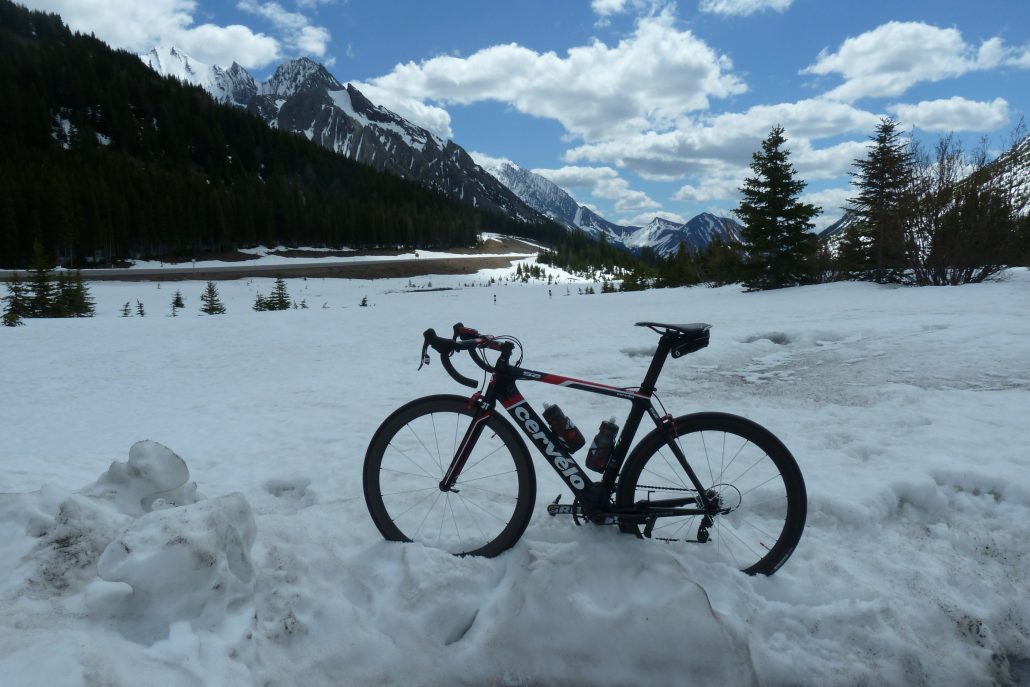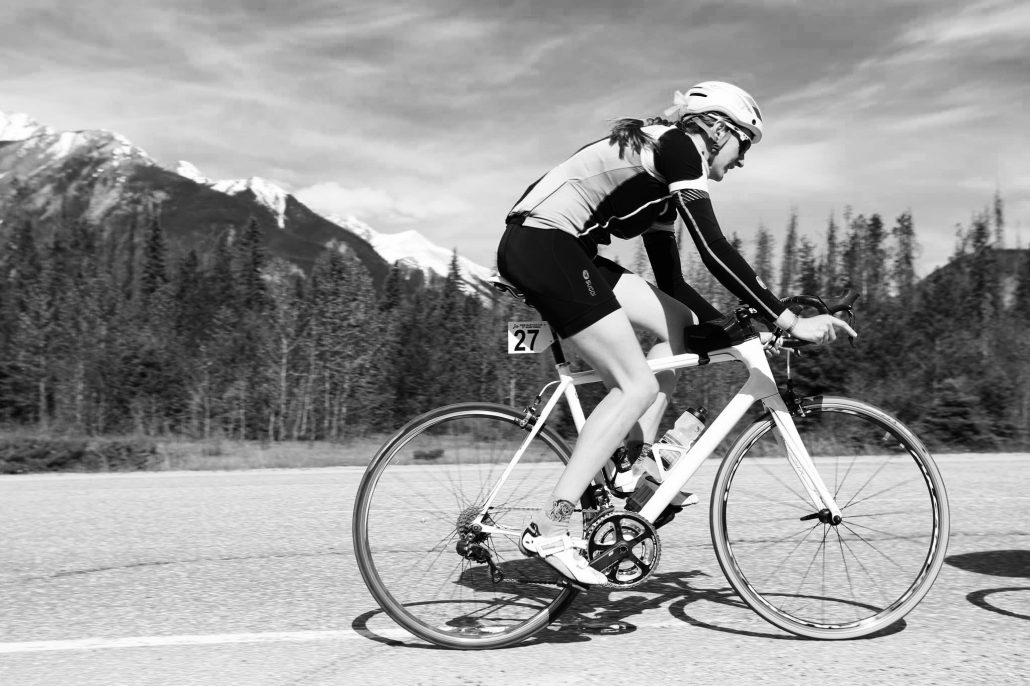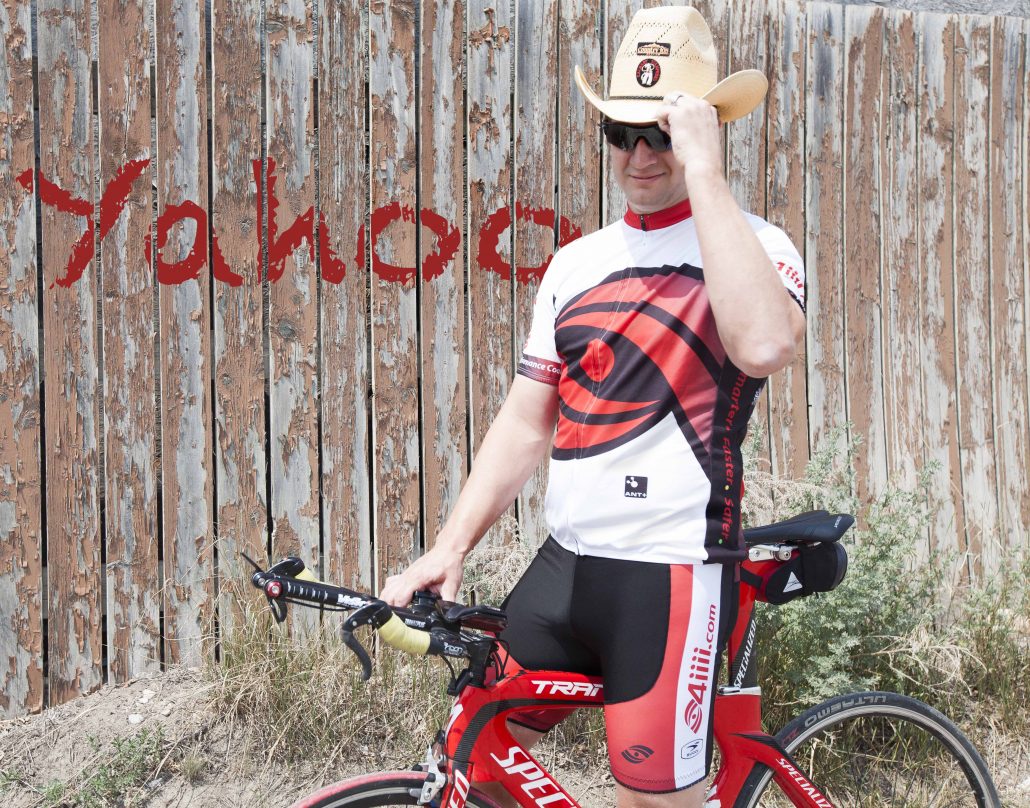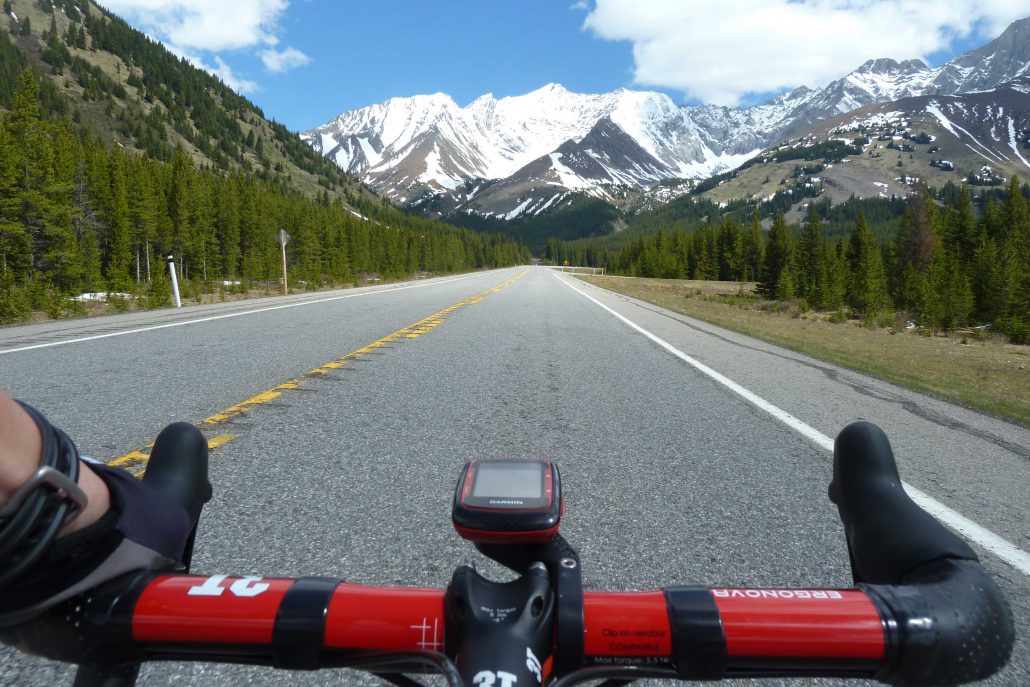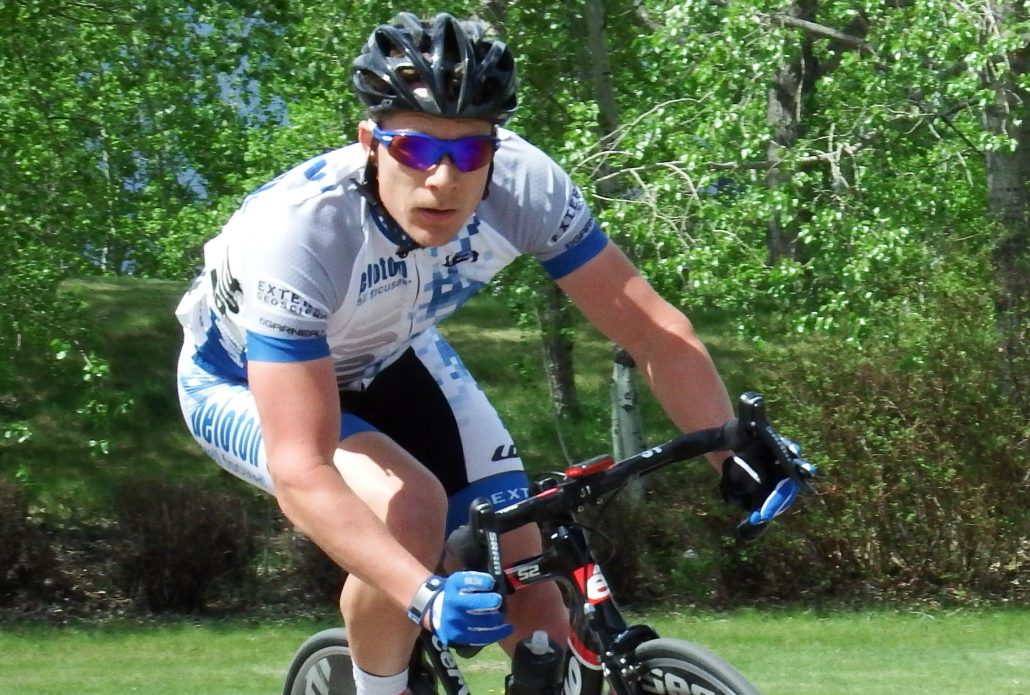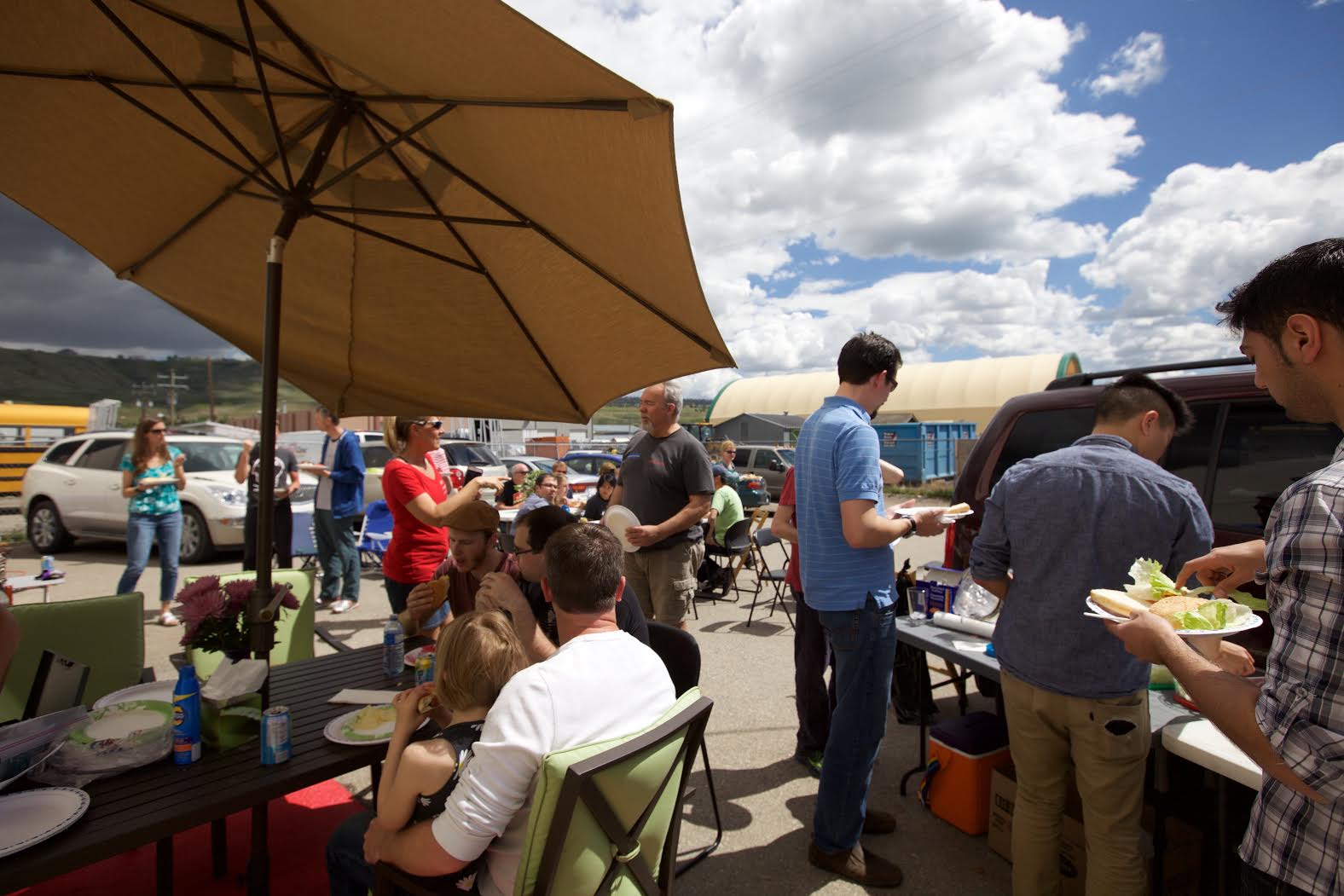Friday File, August 7, 2015
Those of you who have been following this blog over the past many months know that its purpose is threefold:
- give you updates on 4iiii products,
- answer as many of your questions as we can, and
- bring you great information from experts, coaches and other athletes.
Most non-update posts have been spurred on by your specific questions as well as your general requests for industry information. Today, we are particularly inspired by a local cyclist who killed it at a local criterium, attacking 15 laps out and finishing 15 seconds off the front of the Cat 2 field. Meet 23 year old Rob Crane as he shares a great story of how a typical rider put some key training steps in place and became the coveted athlete in the Cat 2 peloton.
Rob Crane
Age: 23
Racing Stallion: Guru Evolo-R
Profession: BSc in Mechanical Engineering; Masters Student, Cycling Aerodynamics, University of Calgary
Cycling History: Bike racing for 3 full seasons (trained seriously for two of those years)
Why cycling?
During high school I got into running, but I ran so much that I was always injured. After being down for a month due to one particular injury, I decided to switch to cycling because I knew it wouldn’t be as hard on my body. I didn’t immediately love cycling as much as running, but it grew on me and allowed me to be able to go out riding huge numbers of hours without ever getting injured. Admittedly, as a kid, watching the film Breaking Away inspired the competitor in me.
How did you pull off that crit win last weekend at Tour de Bowness?
That was an interesting one! I started the race and didn’t feel so hot – I was having a tough time positioning myself and had some leg fatigue from the previous two days. At one point, I covered some moves for my teammate, Connor Toppings, our GC leader. But at about 30 minutes into the race, there was a strange lull in the pace. I relaxed and recovered for a couple laps, waiting for someone to do something, but no one did. So I decided to attack and see what would happen. I went as hard as I could cause I was in a group of seriously strong riders. I didn’t seriously think it would stay away. Then, with 5 laps to go, I knew I had the win if I didn’t crash.
What’s next?
For me it’s all about pursuing personal improvement. Racing changes my definition of what “hard” feels like and allows me to absorb harder training. I experienced this at the Robert Cameron stage race in Victoria, BC and the Cascade Classic in Bend Oregon. During the races I often think “why I am doing this,” especially in Robert Cameron where my power file showed I rode just below threshold for 3 hours. But like any race, you don’t remember the negatives and you’re pumped to go back and do it again. Next year, I hope to continue pushing the limits and seeing what I can do against higher levels of competition.
Favorite sayings:
“Carb the *#$* up” – Durian Rider
“Bicycle racing is a sport of patience. Racing is licking your opponent’s plate clean before starting on your own.” – Joshua Krabbe
“Running to him was real; the way he did it the realest thing he knew. It was all joy and woe, hard as a diamond; it made him weary beyond comprehension. But it also made him free.” – John L. Parker Jr.
Training regime:
I ride between 10 and 20 hours per week depending on the season. During winter, I lift weights to work on strength and explosiveness. After a solid few months of strength training interspersed with a bit of intensity I start to add really hard HIIT (High Intensity Interval Training) bike workouts to my training load – building to 4 HIIT sessions a week. As the weather improves, longer base miles become a bigger focus, alongside blocks of volume and the harder interval work. Once race season begins we try to identify goal events and structure training around those to maximize performance. Some early season races are treated as “training races” hitting them with quite a bit of fatigue and using them more as training stimulus rather than goal events. If there is a no-race weekend we try to do a really hard training set such as the famous Kitchen Sink workout or hill repeats.
Why train with power?
Training and racing with a power meter has been a game changer for me. Training with power has allowed me to identify my training zones, and adopt a structured approach targeting these zones depending on what type of event I am preparing for. Over the last two seasons I have been working with Jack VanDyk, a cycling and triathlon coach based out of the Talisman Centre in Calgary. Training with power has been an essential piece of equipment, as it allows Jack to prescribe training protocols not possible with any other training metric. It also allows for more “big picture” planning by pairing the power data together with software to determine my current training state. This has been a key factor in planning training around goal events such as the Tour De Bowness, or the Cascade Classic. It also makes training more motivating, because I can actually observe fitness increases in power based testing.
Inspiring riders:
Durian Rider (YouTube celebrity), Phil Gaimon (cycling on $10 a day), local pro Kris Dahl from Calgary, and Ryder Hesjdal to name a few.
Tips for the newbie:
Set some goals and take a structured approach to realizing them. The process of picking an event and doing the best you can to prepare over a 6-12 month time period is very rewarding and more motivating than “just riding”.
Tips for the competitor:
Invest in a power meter and step outside of your comfort zones in workouts and races. Don’t just sit in – try to animate the race or go for something you wouldn’t normally, like attacking from 100k out. Sure, you might crash and burn but you might win too. It’s also more fun than waiting for a bunch sprint …unless you’re a true sprinter, which very few of us are.
Riding quirks:
I try to stay fairly conventional but my coffee addiction is quite extreme. I nearly always drink a coffee before and after riding, and sometimes halfway through as well if it’s a long day. I love the flavour and the caffeine rush

